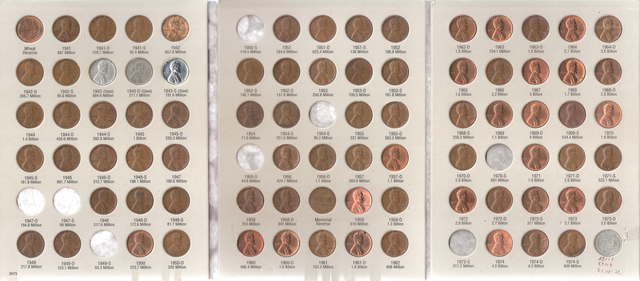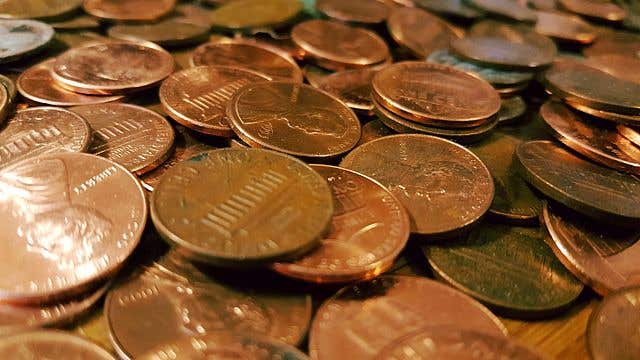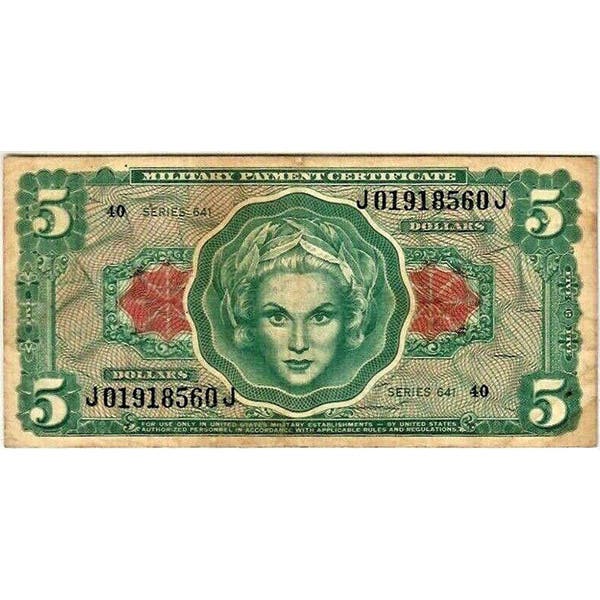Coin Clinc: Deciding an Election with a Coin Toss
Withdrawing the penny could bring big change—literally. From past legislation to collector impacts, here’s what’s at stake.
The cent appears to be under fire. Its withdrawal could take place due to the efficiency that the current administration is trying to implement. Should that happen, wouldn’t the price rounding be inflationary?
The Price Rounding Act of 1989 (HR 3761) outlined a proposed rounding system through which purchases could be rounded to the nearest five cents. The purpose of the bill was to reduce the use of 1-cent coins in cash transactions. Cash purchases, under this system, would be rounded down if the total amount, including sales tax, ended in 1, 2, 6, or 7 cents. The price would be rounded up if the total price ended in 3, 4, 8, or 9 cents. The bill did not pass.
Did HR 3761 eliminate the cent from circulation?
Hearings for HR 3761 included referring the future status of the cent to the Committee on Banking, Finance, and Urban Affairs. Section 2 reads: “All coins and currencies of the United States, regardless of when coined, printed, or issued, shall continue to be legal tender for all debts, public and private, public charges, taxes, duties, and dues,” continuing, “One-cent coins shall be legal tender to a maximum of 25 cents only if used in quantities divisible by five without fraction or remainder.”
Had HR 3761 become law, would the cent have been totally eliminated?
According to Section 6, Numismatic Items of HR 3761, “The Secretary of the Treasury may produce so many 1-cent pieces as the Secretary determines are sufficient to include in uncirculated sets, proof sets, and other collector sets as, from time to time, the Secretary shall determine.”
Are there any current studies addressing the updating of our coinage system?
A non-governmental study by William Edgar Cather at the University of Mary Washington in 2022 was meant to address our coinage. The paper comments, “This paper argues that lobbying by the zinc, paper, and coin-exchange industries has restricted reform in this issue area. As a result of lobbying, recent bills H.R. 5818, 2528, 7995, and S. 759 have died in committee.” It also raises the question, “Why have other countries successfully changed their lower-denomination currency and converted their economic system into one that incorporates cash rounding while the United States has struggled to do so?” Unfortunately, Cather’s comment, “The debate about the one-cent piece is one topic that has become stagnant within Congressional committees,” has so far proved to be true.
Has there ever been an election that has been determined by the flip of a coin?
The tabloid Salon headline for Feb. 2, 2016, screams, “[Bernie] Sanders’ supporters cry foul over ‘Coingate:’ Controversy over coin tosses that made [Hillary] Clinton ‘winner’ in Iowa.” The subtitle reads, “The suspicious circumstances in which Clinton edged Sanders has critics demanding answers over bizarre coin flips.” Sanders had a 49.6 percent to Clinton’s 49.8 percent tie in the Iowa caucus that the Iowa Democratic Party called “the closest in Iowa Democratic caucus history.” Coin tosses were allegedly held in at least seven precincts. Clinton was reported to have won six of those flips, according to The Atlantic, while CNN reported Sanders winning six flips. It is possible that there were actually 14 different precincts reporting, each media outlet measuring different precincts.
What is the difference between exonumia and phaleristics?
The term exonumia was introduced by the late Russ Rulau. Rulau’s interest was primarily in tokens. However, he wanted to include badges, medals, and scrip as related objects of interest to numismatists. He is likely best remembered for having authored the Standard Catalog of United States Tokens 1700-1900. The word phaleristics or faleristics is derived from the Greek mythological hero Pahlerus and the subsequent Latin word phalera, meaning heroics in English. Phaleristics is the thematic collecting and studying of awards, badges, brooches, medals, and ribbons of fraternities and orders.
You may also like:









